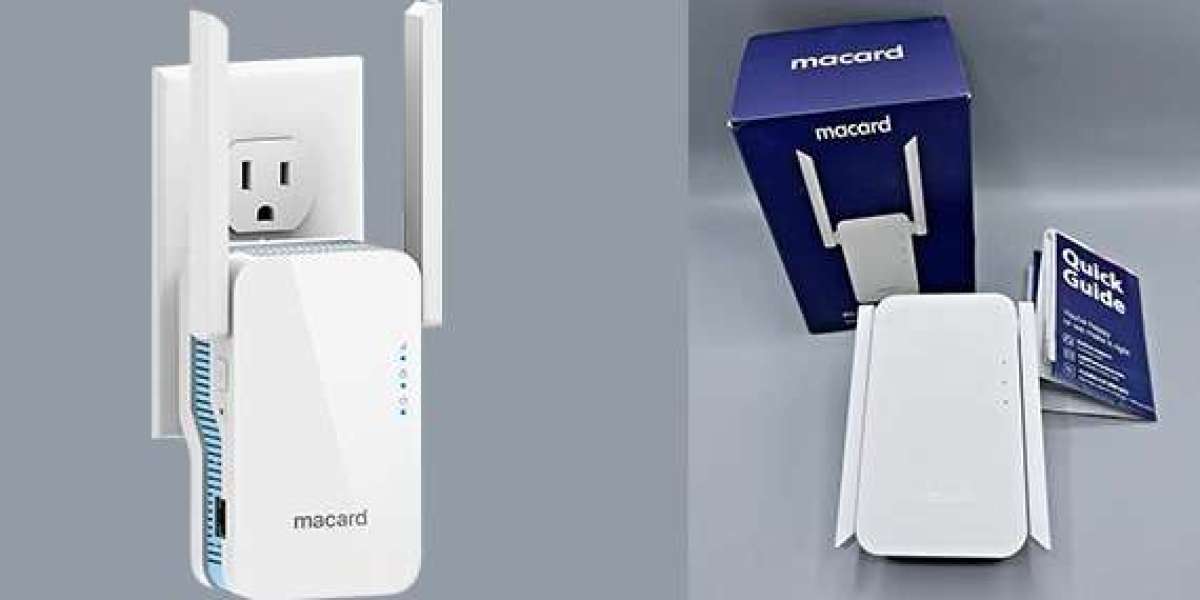Introduction to Solar Panel Installation
In an age where renewable energy is rapidly becoming a necessity rather than an option, solar panel installation stands at the forefront of sustainable energy solutions. Installing solar panels is not just a trend—it’s a smart, long-term investment that reduces electricity bills, minimizes carbon footprints, and increases property value. In this guide, we will walk through everything you need to know about installing solar panels efficiently and affordably.
Why Solar Panel Installation Is a Smart Choice
Cutting Down on Energy Costs
One of the most compelling reasons to invest in solar panel installation is the significant reduction in energy bills. By converting sunlight into electricity, you minimize your reliance on the grid and produce your own power. Over time, this leads to substantial savings—especially in areas with high electricity rates.
Government Incentives and Rebates
Many governments offer tax credits, rebates, and feed-in tariffs to encourage solar adoption. These incentives can cover a large portion of your installation cost, making it more affordable than ever.
Environmentally Friendly Solution
Solar energy is clean, green, and renewable. By switching to solar, you help reduce greenhouse gas emissions, air pollution, and dependency on fossil fuels—contributing to a healthier planet.
Understanding the Solar Installation Process
1. Initial Site Assessment and Feasibility Study
Before installation, a professional team will inspect your property to evaluate its solar viability. This includes analyzing your roof’s orientation, shading, tilt, and surface area to ensure optimal solar exposure. Structural integrity is also examined to confirm that your roof can support the panels.
2. Designing the System
Based on the assessment, a customized solar system is designed to meet your energy needs. This includes selecting the type and number of solar panels, choosing the best solar inverter (string, micro, or hybrid), and mapping out the wiring layout and placement.
3. Securing Permits and Incentives
Installing solar panels typically requires local permits and compliance with building codes. Your installer will handle these administrative tasks, including applications for government incentives.
4. Installation and Mounting
The installation phase involves setting up mounting equipment, securely attaching the panels, and connecting them to the inverter. Mounting types include roof-mounted, ground-mounted, and pole-mounted systems, depending on your property and energy goals.
5. Inspection and Grid Connection
After installation, the system is inspected by local authorities or utility companies. Once approved, your solar system is connected to the grid, and net metering begins—allowing you to earn credits for surplus energy sent back to the grid.
Types of Solar Panels for Installation
Monocrystalline Solar Panels
These are the most efficient and space-saving panels, known for their long lifespan and high power output. Ideal for rooftops with limited space.
Polycrystalline Solar Panels
Slightly less efficient but more affordable, these panels are a great option for homeowners looking to balance cost and performance.
Thin-Film Solar Panels
Flexible and lightweight, these are best for non-traditional applications such as curved surfaces or large-scale installations, though they tend to have lower efficiency. Residential solar systems are becoming increasingly popular as homeowners seek sustainable and cost-effective energy solutions.
Choosing the Right Solar Inverter
String Inverters
Best for installations where panels receive uniform sunlight, these are cost-effective and easy to maintain.
Microinverters
Each panel has its own inverter, making them ideal for shaded roofs or complex layouts. They also allow for individual panel monitoring.
Hybrid Inverters
These support both solar and battery storage, giving you energy independence and backup during outages.
Final Thoughts on Solar Panel Installation
Solar panel installation is a smart, future-proof investment for homeowners and businesses alike. By understanding the process, types of equipment, and ways to optimize your system, you can ensure maximum energy savings and a sustainable future. Partnering with experienced professionals ensures that every step—from design to connection—is handled with precision and care.


